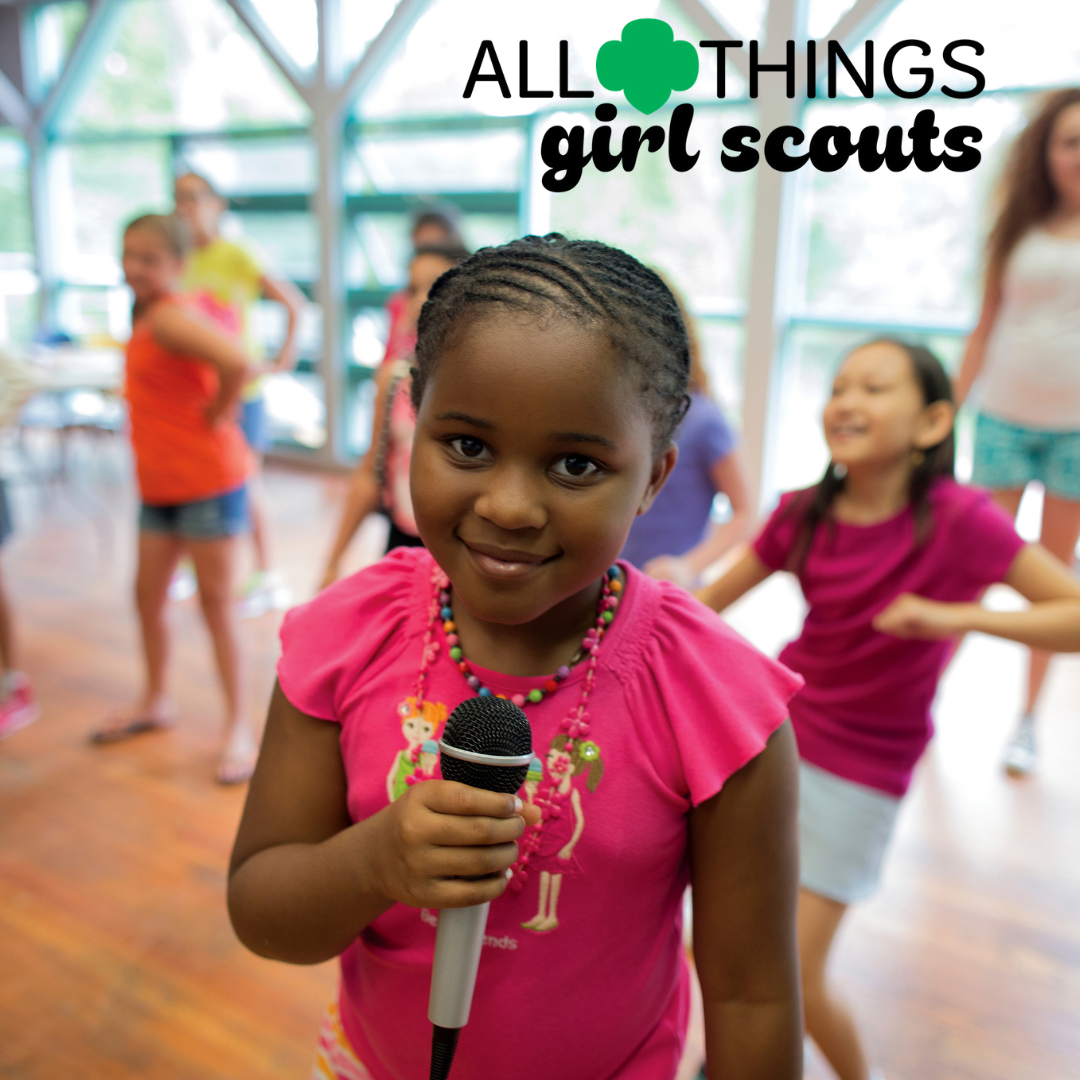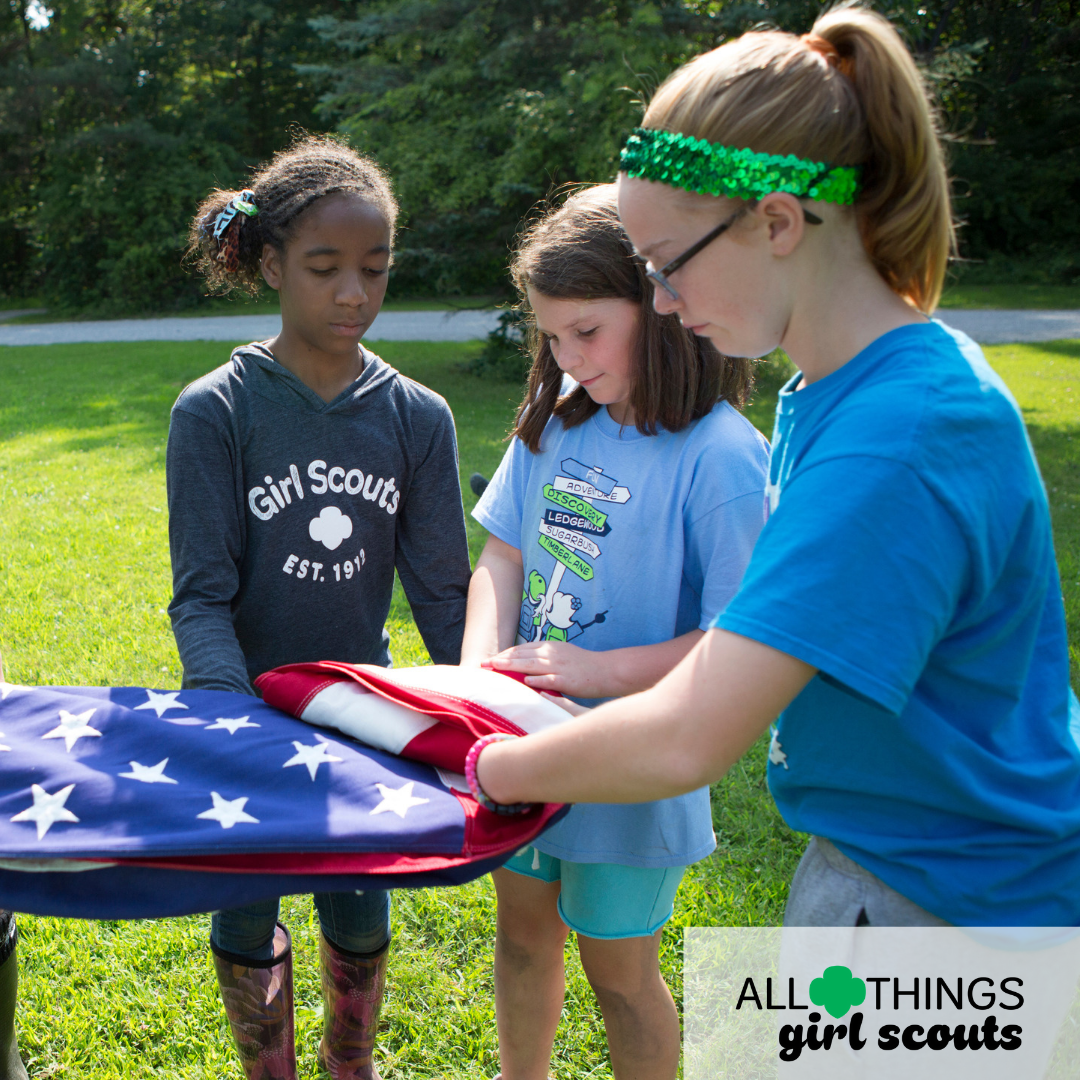 Troop Tips
Troop Tips
The right group game can help your team grow together because of two things:
- Groups of people who have struggled together and come out the other side are stronger together in future challenges. You obviously don’t need life or death experiences for your girls to bond, though. Completing a challenge or solving a problem will help them feel closer to their troop-mates.
- The conversation you have after the the game helps girls reflect on what happened and connect it to their lives and relationships. After you play a group game, circle up and lead a discussion about what you observed. Ask about how they solved a problem. Ask about what skills they had to use. If you have an upcoming troop trip or project, ask how they can use those skills in that new context.
What to look for when selecting a group game when your goal is teamwork.
- Does this game have a goal? The best teamwork games work because the group accomplishes something together. For example: Move an option from point A to point B, or complete a group task in record time.
- What skill do you want to focus on? Teamwork is comprised of so many skills: Communication, listening, taking turns, problem solving, trust. The list goes on and on. Think about what your girls need to practice.
- Add skill focused hurdles. Do your girls need to practice communication? Set a game rule for no talking or limit the number of words a person us allowed to say. Working on trust? Add some blindfolds or put limits on the instructions, so only a small number of girls are able to complete a certain task.
- Consider the big (and small) personalities. Some girls have big personalities and like to be front and center. Others are much more comfortable on the sidelines. When assigning rules, take this into account. Outgoing girls might be in a group that are only allowed to use body language to communicate. Shy girls might be with a buddy reading the instructions.
- Save time to reflect. This can be challenging with all the giggling girls, but take a break from the fun to ask intentional reflection questions. This is the best way to take the experience from a fun game to a teambuilding and leadership experience.
What’s your favorite group game? Here are a two of ours!
BASIC – For troops that are new to teambuilding
Steal the Bacon – Hockey Style
Ideal for any age
Skills to practice: taking turns, sportsmanship
Supplies needed: Two brooms/toy hockey sticks, cones to mark 2 goals, a ball, clear area to play
How to Play:
On the playing area, set up two goals. In the middle of the area, lay down the brooms and ball. Divide girls into two even teams. On team 1, assign each girl a number starting with 1. On team 2, assign girls a number starting with 1. Have girls stand to the side of the playing area. Yell out a number, like 3. There should be one girl from each team with that number. They run, each grab a broom, and try to score. Once someone scores, reset the field, and call a new number.
Important: Take a moment to discuss safety, before beginning the activity. Pause the activity to give safety reminders, if needed.
Reflection questions: How did it feel waiting for your number to be called? Were you upset when your number wasn’t called? Were you worried that your number wouldn’t be called? How did you treat your team mate when she won? When she lost? How did you treat the other team when the won? When they lost? How did you feel about yourself when you won? When you lost?
ADVANCED – For troops that have some practice with teambuilding
Mission Control
Ideal for Juniors and older.
Skills to practice: Trust, communication, how to give directions
Supplies needed: A unique object the size of a tennis ball, hula hoop, objects to scatter on the ground (bean bags are ideal), 1 blindfold.
How to Play:
Set up the playing area. Scatter objects on the ground. Place the hula hoop and the tennis ball far away from each other. Select 1 person to be blindfolded. When blindfolded, place her in the middle of the scattered objects. Select 3-6 people as the speakers. They line up with their backs turned to the scattered objects and blindfolded person and may not turn around. The rest of your group are the see-ers. Line them up facing the speakers. They should be able to see the blindfolded person and the scattered objects. They are not allowed to talk. The group must instruct the blindfolded person to pick up the tennis ball and set it inside the hula hoop without stepping on any of the scattered objects.
Reflection questions (hold conversation with entire group, although some question might be focused on certain roles): Were you confident about the information you were getting? What happens to communication when there are more layers in between? What happens to trust in communication when there are more layers in between? Were you frustrated that someone didn’t understand you? Did you find a better way to communicate as the game progressed? If you could complete the challenge again, what would you do different next time?
Share your favorite group game or reflection question in the comments! We would love to hear from you!









